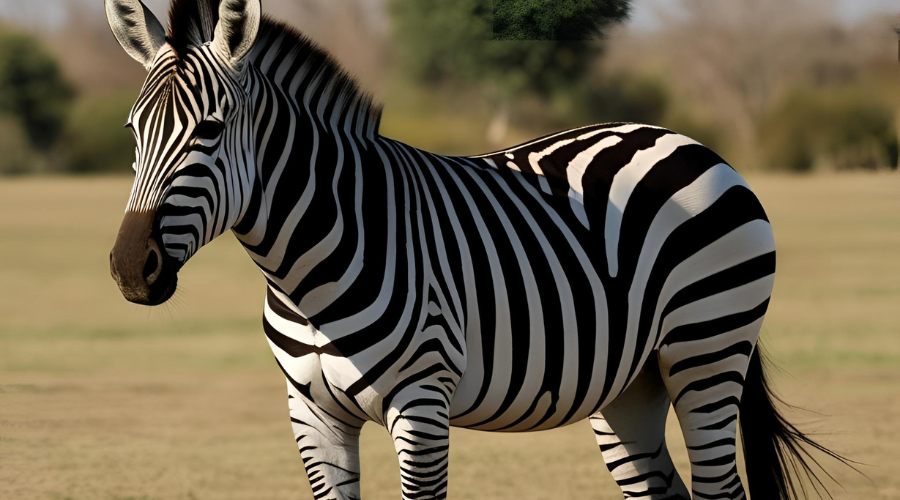
Zebra
Japanese Name:
シマウマ
Romaji Name:
shimauma
Description
↓↓
A zebra is a wild animal that belongs to the horse family. It is easy to recognize because of its black and white stripes. Each zebra has a unique stripe pattern, like a fingerprint. Zebras live in Africa, usually in grasslands and savannas. They eat mainly grass and move in groups called herds. Their stripes may help them hide from predators and keep cool under the hot sun.
History
↓↓
Historical Background:
Zebras have existed for millions of years and are believed to have evolved from a common ancestor shared with horses and donkeys. Unlike horses, zebras were never truly domesticated, as their strong survival instincts and unpredictable nature made them difficult to train.
They have long been part of African ecosystems and indigenous cultures, often appearing in cave paintings and folklore.
Scientific Discovery and Western Awareness:
European explorers and naturalists first documented zebras during expeditions to Africa in the 15th and 16th centuries. They became popular subjects of curiosity in European zoos and scientific study during the colonial period.
Adaptation and Stripes:
The exact purpose of their stripes is still debated, but theories include camouflage, temperature regulation, social bonding, and insect deterrence. Each zebra has a unique stripe pattern, much like a fingerprint.